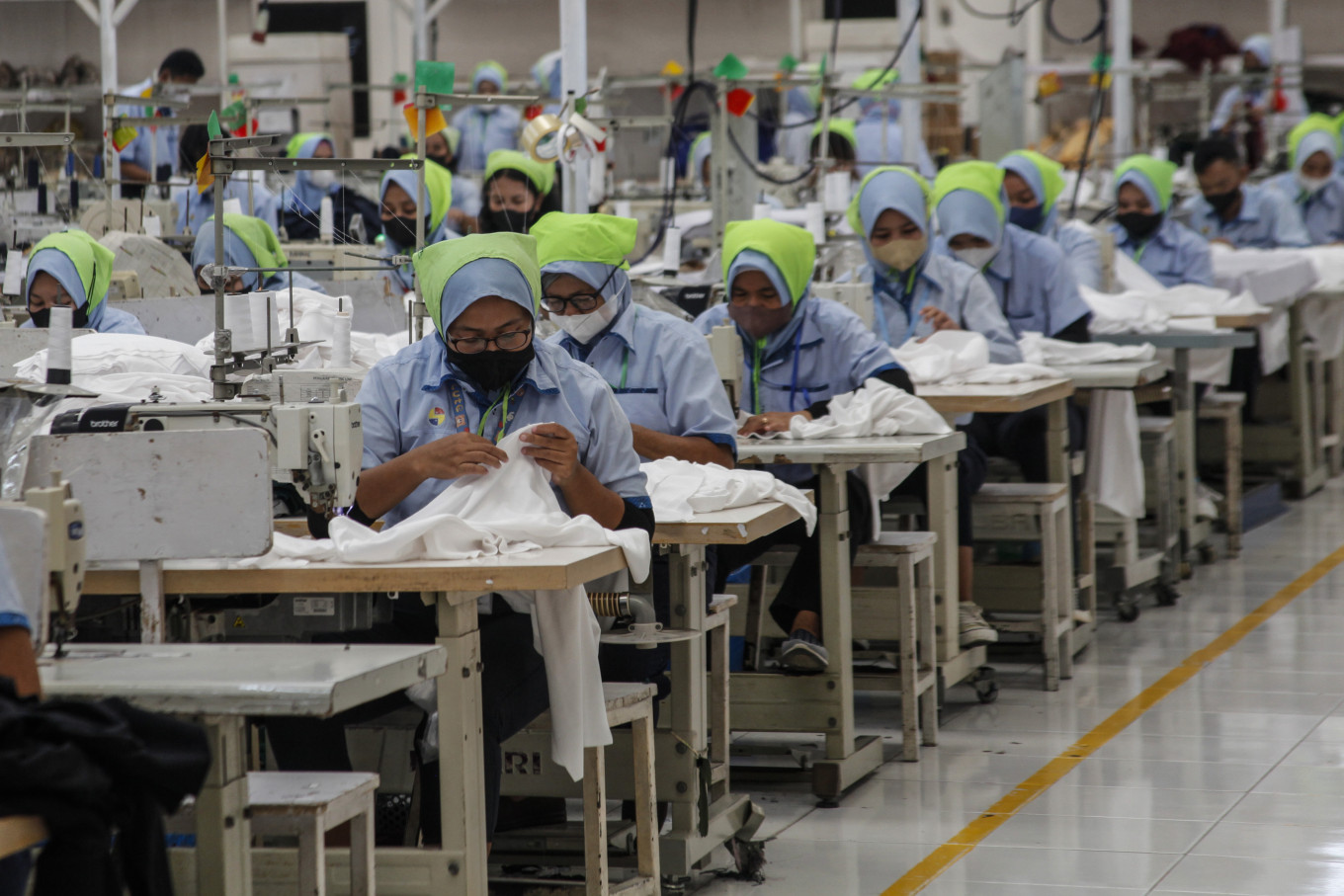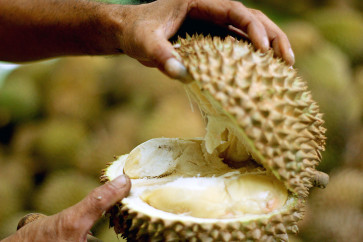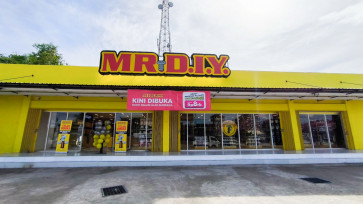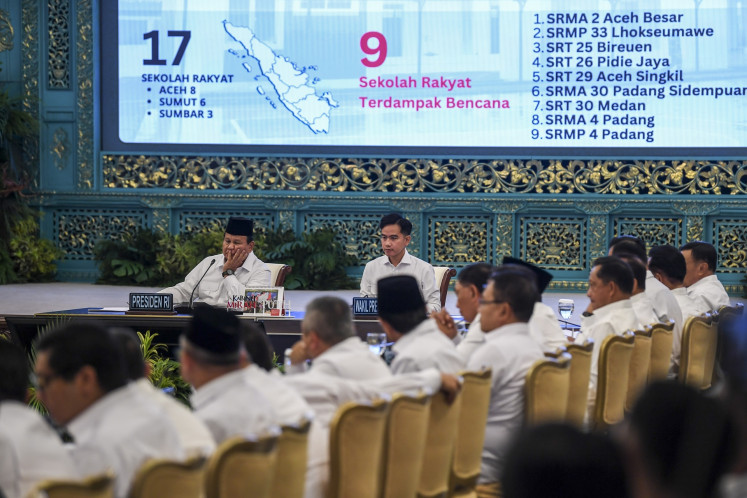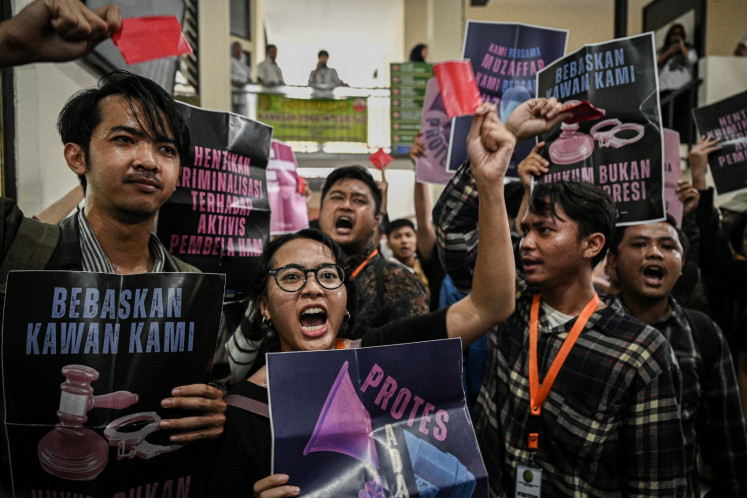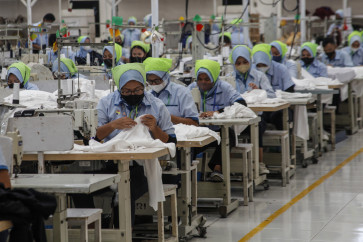Popular Reads
Top Results
Can't find what you're looking for?
View all search resultsPopular Reads
Top Results
Can't find what you're looking for?
View all search resultsIndonesian deindustrialization: Creative destruction or destructive creation?
Why do Indonesian firms not innovate?
Change text size
Gift Premium Articles
to Anyone
E
conomists have widely argued that Indonesia is currently at risk of a middle-income trap (MIT). The World Development Report 2024 proposed a three-stage strategy for countries to escape MIT: first, investment, then investment and infusion and finally, investment and innovation.
Without infusion and later innovation, a country cannot sustain economic growth to achieve a high-income status. Infusion and innovation enable firms to improve productivity over time, thus increasing the manufacturing sector’s contribution to gross domestic product (GDP) before an economy structurally shifts to the services sector.
Nevertheless, as history shows, the impact of innovation on the market is never smooth or peaceful. It involves the Schumpeterian idea of creative destruction. In its original sense, creative destruction is when new entrants introduce innovative products that replace older ones, driving incumbents out of the market. Innovation might also introduce technology that washes away not only the old product, but also the entire market, creatively replacing it with a new one. In an extended model, Acemoglu and Cao show that incumbents can also advance market innovation by improving their products, while new entrants focus on more radical innovations.
In short, creative destruction relies on market mechanisms to screen and sort the most innovative firms to enter, and to punish inefficient incumbents by forcing them to exit, creating firm dynamics. Aghion and Howitt modeled creative destruction as the underlying source of sustained economic growth, in which firm-level innovations significantly influence the broader economy. Creative destruction is such a fascinating idea that we might wonder whether it applies to the Indonesian economy.
Since 2002, the Indonesian economy has experienced deindustrialization, marked by a decline in the manufacturing sector's contribution to GDP. Economists describe this deindustrialization as premature because it began when Indonesia’s gross national income (GNI) per capita was still relatively low ($780). As a result, the manufacturing sector was unable to serve as an engine of growth to help Indonesia escape the middle-income trap or reach a high-income status of GNI per capita around $14,000.
The lack of investment, innovation, new technology adoption and skilled labor has hindered productivity in firms and thus played a major role in this premature deindustrialization. In short, fundamental issues in the manufacturing sector are limiting the effects of creative destruction.
Why do Indonesian firms not innovate in the first place?

